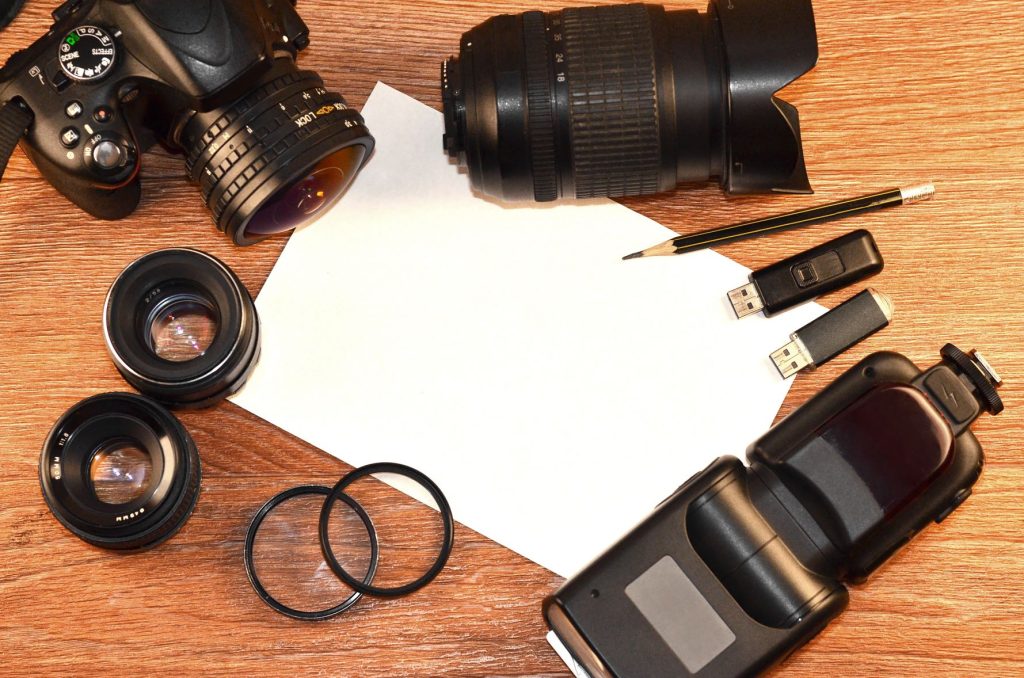7 Elements of Photography
Lines in photography, unlike lines in geometry, lead the viewer along an established course. Lines in geometry refer to paths that run across a photograph’s frame. A photograph’s lines connect two points, such a ridge of a jagged mountain, or a winding street. In clouds, lines are also common.
Lines
Lines are an important aspect of photography as they can link various components of an image and can give structure to a photo. When used cleverly, lines can be powerful in seizing the viewer’s attention. For example, a line connecting two points on a photograph could be used to create a shape that represents an object in a 2-dimensional plane. Lines can be used in many different ways, from creating movement to representing a message.
Lines are also an important part of compositions, as they can help direct the viewer’s eye around the picture. The use of different colors can create different moods and convey different emotions. Colour is another important element in photographs. Warm colours are, for example, reds and oranges as well as yellows. While cool colours include violets, blue, green and violets with different tones,
Shapes
Photographers use shape to create a sense depth and space. They can be organic or geometric. When used in a photograph, shapes can take up space and highlight the focal point. You can enhance the shape by using shadows and negative space. These are some of the basic principles of creating a pleasing composition.
Shapes can be very obvious, such as a crescent moon, or can be conceptual like a smiling face. The shapes in a photograph can have a powerful emotional impact and draw attention away from other areas of the photograph. A circle, for instance, can convey a sense of peace. While a triangle might suggest a dynamic feeling, a triangle could be used to indicate a more dynamic feeling. Also, shapes can add structure to a photograph.

Texture
Texture is an important aspect of photography. It is used by some photographers to create artistic portraits. They maintain the texture, but use it in a way that describes the model’s inner feelings. Double exposures are another common way to use texture in photos. These are easier to create with modern digital technology, but you’ll need a camera that captures RAW images and a photo editing program such as Adobe Photoshop. First, you will need to find a texture for the base image.
Photographs can have a variety of textures. The actual print may have a unique texture. Sometimes texture in a photograph can be difficult to identify because the object is too flat, or too far from the camera. Lighting can also contribute to its elusiveness. It may be diffused or head-on, so the object looks smooth. Sometimes, shadow can accentuate texture.
Colour
The key to a photo’s composition is the use of colours. They can create a variety of moods and emotions. The psychology behind colour is complex. For example, warm colours can evoke a positive emotion, while cool colours can create a gloomy one. The colours of a photo can make or ruin it.
Photographs that are engaging and successful are composed using a number of elements. These elements can be color, line, pattern, texture, and shape. They can also include negative space, which has a calming effect for viewers. If used correctly, these elements can make a great photograph.
There are many ways to create stunning images. Photographers can use, for example, the rule of thirds. This is where subjects are placed in either the left or the right third of the image. By using this rule, photographers can create great shots with great composition.
Space
Space is an important element in composition, and is used to create depth in your images. Space can give your image perspective and depth regardless of whether the subject appears in the background or the foreground. Composition also includes form, shape, color and texture. Space can be added using overlapping objects or by combining several elements.
Negative space, or white space, is the area of an image not occupied by the subject. This space serves as a frame that draws attention to the main subjects of an image. Photographers use space to pair subjects and gaze.